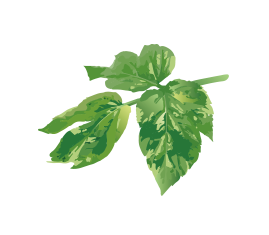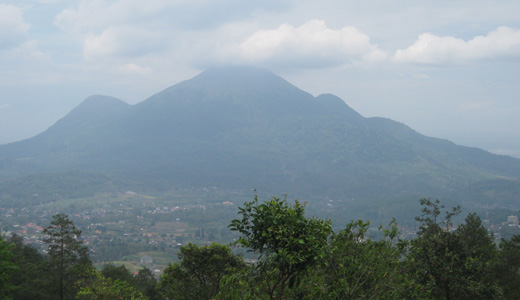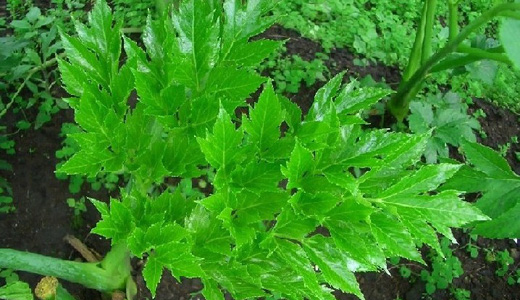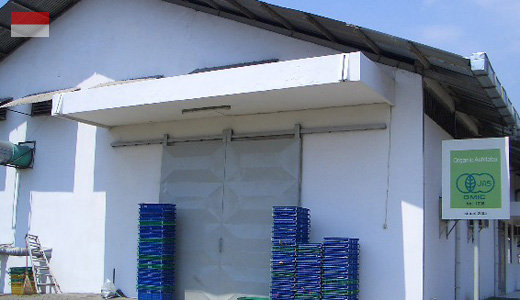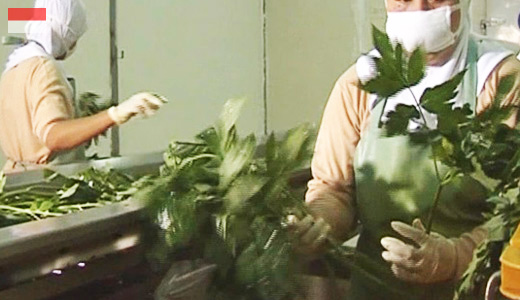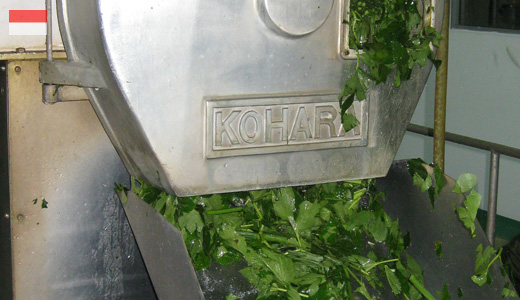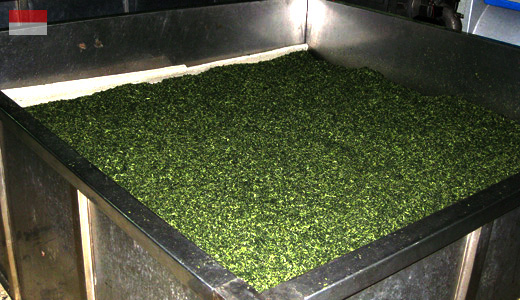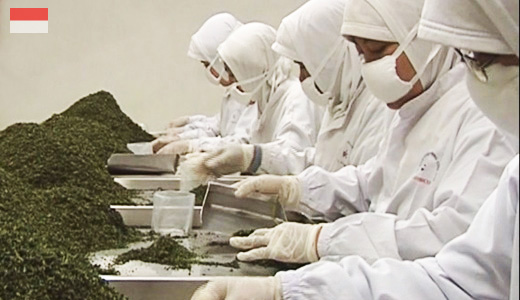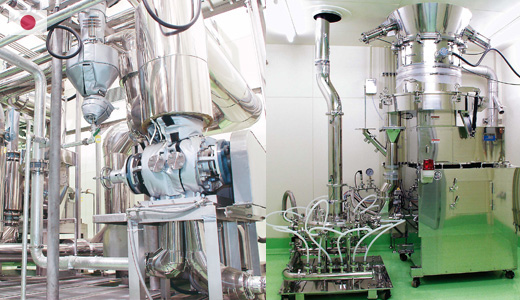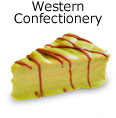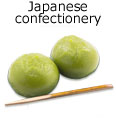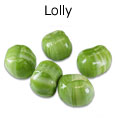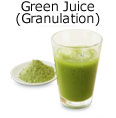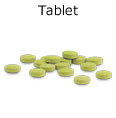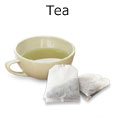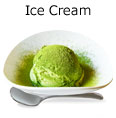Ashitaba contains abundant nutrients which are essential to stay healthy.

Ashitaba has very strong vitality, so much so that it is described “even if Ashitaba leaves are picked up today, it will sprout tomorrow”, and it has been eaten as a food and used as a medical herb since the ancient time. This belongs to the Apiaceae family and is indigenous to Japan, mainly found in Hachijo Island. Its unique yellow sap makes it distinct from other kinds of plant.
It richly contains a wide range of nutrients and, hence, is a healthy vegetable which is good for people who suffer from lifestyle diseases or metabolic syndrome or are concerned about their health.
We are the pioneer in finding the efficacy of Ashitaba and developing the cultivation method.
- Ashitaba Profile
-

- Scientific Name:
- Angelica keiskei
- Japanese Name:
- Ashitaba
- Classification:
- Apiaceae, Angelica
- Origin:
- Hachijo Island (indigenous to Japan)
It has three big feather-like leaves. Its stalk is thick and 30-40 cm tall. It blooms in the third year and grows up to 150cm in height.
Places where it is relatively cool in summer and warm in winter and has a considerable amount of rainfall are suitable for cultivating Ashitaba. The shape slightly varies depending upon habitats and there are mainly two types; a blue stalk type and a red stalk type.
- Features
-
Ashitaba's Nutrients
Ashitaba is a healthy vegetable which contains plenty of balanced nutrients such as protein and all sorts of minerals and vitamins amongst many others which are crucial to stay healthy. Fibre, β-carotene and potassium, in particular, are abundantly contained compared to other vegetables.
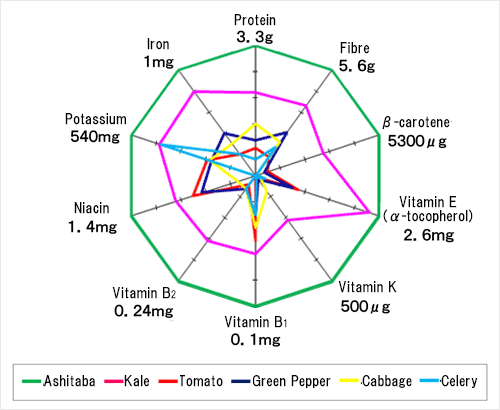
Ashitaba Nutrition Data ComparisonSource:STANDARD TABLES OF FOOD COMPOSITION IN JAPAN Eighth Revised Edition (Content in edible parts/100g) Organic Ashitaba
What we reckon is the most important thing in cultivating Ashitaba is organic farming. We carefully grow Ashitaba, adhering to agricultural bases and spending much time and effort. Our first attempt to cultivate Ashitaba began in Indonesia in 1994.
Somewhere it is relatively cool in summer and warm in winter and sheer amounts of rainfall fall is best for Ashitaba to grow. The scorching hot sun is not suitable for Ashitaba. Nor does the weather with a huge difference in the amounts of rainfall between the rainy season and the dry season suit Ashitaba cultivation. Therefore, we struggled to succeed in cultivating Ashitaba.
We acquired our original cultivation know-how which worked well on the Indonesian climate by opening up a farm at nearly 1,000-metre highlands with a relatively cool climate all year round. We conduct all the work, from making the soil, to composting the land, to seeding, to planting, to harvesting, by hand with no use of pesticides by any means, spending much time and effort. We have currently set up a plantation and a processing plant in Surabaya located on northeastern Java island and consequently made it possible to stably supply high-quality Ashitaba materials. We keep the safety and security with thorough quality control both in Indonesia and in Japan.
- Efficacy
-
・Nutritional Profile of Ashitaba Powder
We process Ashitaba by dehydrating it at a low temperature so that the nutrients in Ashitaba are preserved in the drying stage. As a result, necessary nutrients can be taken with a lesser amount than Ashitaba leaves.
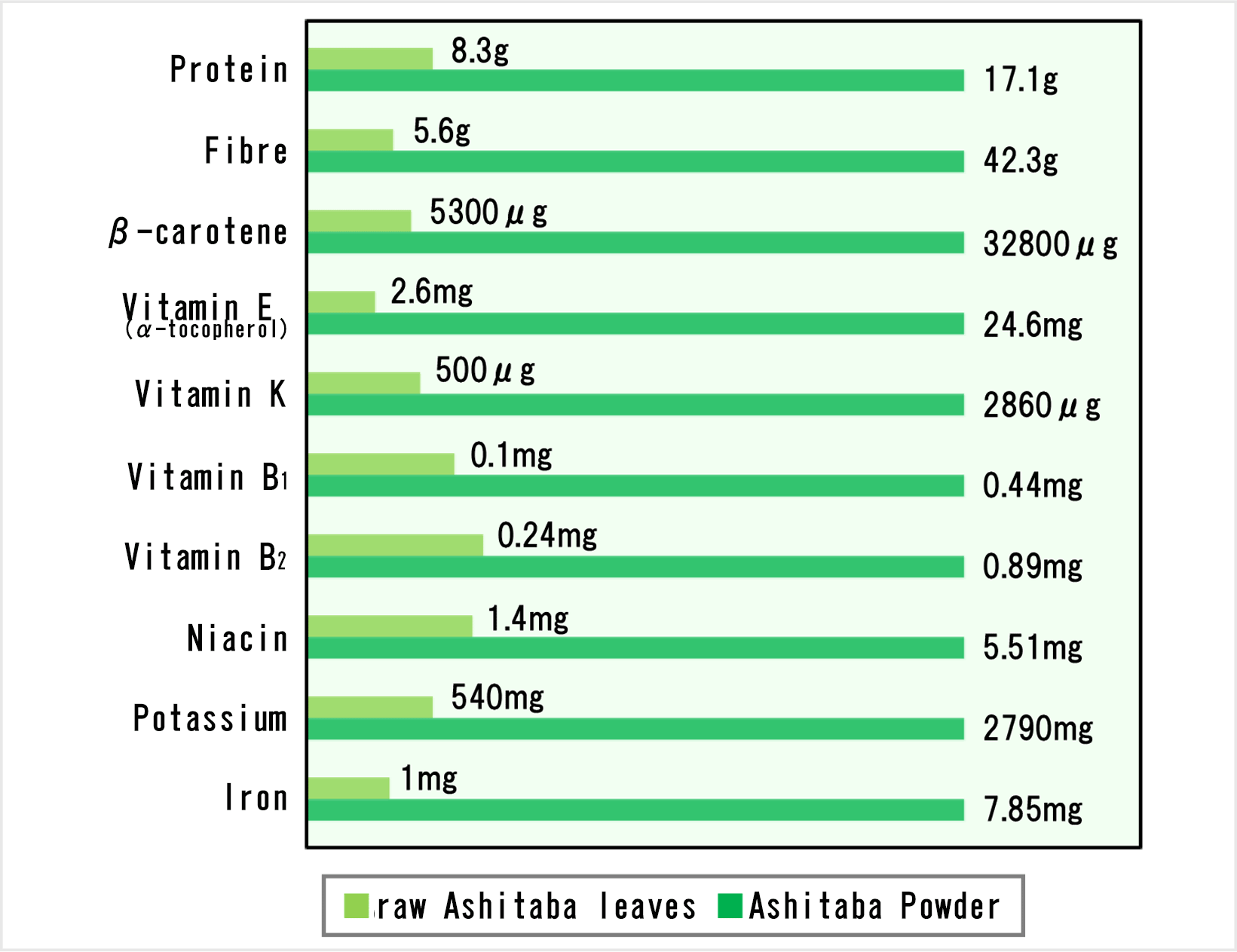
Ashitaba Nutrition Date Comparison with Ashitaba PowderSource:STANDARD TABLES OF FOOD COMPOSITION IN JAPAN Eighth Revised Edition Japan Food Research Laboratories H27.5.25 No.15039248001-0101・0201) ・Expected Efficacy
- Dissolution of constipation, prevention of obesity and diabetes, antioxidant, etc.
- Specifications
-
Ashitaba Powder Product Specifications
Organic Ashitaba Powder【Organic JAS Approved Product】
 A powder form product made from Ashitaba (both its leaves and stalk) which is cultivated and hot-air dried at an Indonesian Organic JAS approved plantation followed by sterilisation and milling in Japan.
A powder form product made from Ashitaba (both its leaves and stalk) which is cultivated and hot-air dried at an Indonesian Organic JAS approved plantation followed by sterilisation and milling in Japan.
- Property:
- Green to light green coloured powder with a characteristic aroma
- Specification
- particle size:120 meshes
- Application & Blending Examples
-
Primary Application
Ashitaba Powder has a green tea-like, mild flavour with a unique slight bitterness and can be applied in various ways such as health food, confectionery, noodles and tea productions as well as restaurant menus and home cooking.







